|
When I was a kid, there was a city park about a block away that had a small lake. Around the edges of this lake were burrows that went back into the ground from the water's edge. In my endless curiosity (and perhaps foolishess) I discovered that, if I would lie down on my belly with my head over the water, I could reach my hand far back into these burrows. I know... kind of creepy, right? Well, even creepier, when I reached my hand back in there, I felt some fat, slimy creatures wriggling around, trying to escape my grasp. When I pulled one out, I realized it was a big, black and yellow tiger salamander. That's when my fascination with salamanders began. This is the type of critter (tiger salamander) I pulled out of those holes in the lake's bank: Then, in college, when I was working on a degree in wildlife biology, I learned that some tiger salamanders never grow out of the larval stage (the aquatic stage where they have external gills on the sides of their heads). If tiger salamanders happen to live in a pond with few or no predators, and if the pond has plenty of oxygen in the water and does not freeze all the way to the bottom, the salamander larvae are like Peter Pan—they never grow up. They remain in the larval form, even though they grow quite large. These larval tiger salamanders are sometimes called water dogs or mud puppies (although there is actually another type of salamander called the mudpuppy). However, these water dogs can transform into adults (by losing their gills and developing lungs) at any time. For example, if the pond starts to dry up. Years ago, when I was a science teacher, I put two water dogs in an aquarium full of oxygenated water, and two in an aquarium with only an inch of water. The water dogs in the shallow aquarium transformed into air-breathing adults, whereas those in the full aquarium remained as larvae with gills. Fascinating, huh? Well, there also happens to be a strange type of salamander that NEVER transforms into the adult form. It NEVER loses its gills. It is the true Peter Pan of the salamander world, and it's called the Axolotl. What the heck is an Axolotl? The Axolotl, pronounced ax-oh-lot-ul, is actually closely related to the tiger salamander. However, the axolotl only lives in a small area of Mexico, and it is almost extinct in the wild. The native habitat of axolotls is only two lakes in the southern part of Mexico City. One of the lakes is now gone, and the other has mostly been converted into canals. Axolotls are predators, feeding on aquatic insects, snails, worms, small fish, and other small aquatic creatures. Here's an unusual twist. Despite being all but extinct in the wild, millions of axolotls exist around the world. Why? Because these creatures are used extensively in research and are therefore widely bred in research labs. They are also bred for the pet industry. Amazing Facts about Axolotls Okay, let's take a closer look at this Peter Pan concept. It's not really like axolotls never grow up. They do grow to sexual maturity, and they do reproduce. However, they always remain in their larval form, even when they grow to be 12 inches (30 cm) or longer. This is a specialized condition called paedomorphism (sometimes called neoteny)—retaining juvenile physical traits throughout adulthood. Personally, there's been a few times I've been accused of retaining the mind of a child (which I consider a compliment), but that's a psychological trait, not a physical trait... not the same thing as neoteny! As you probably know, most amphibians, like frogs and toads, start out as aquatic, tadpole-like larvae. Eventually, though, they metamorphose into terrestrial adults, breathing air instead of water. Most salamanders do this too, although, unlike tadpoles, salamander larvae usually have legs, and they do not lose their tail as they become adults. So, why do axolotls display permanent paedomorphism? One reason is that axolotls do not have a certain hormone that is necessary for the thyroid gland to trigger metamorphosis. Oddly, scientists have found that they can force axolotls to go through metamorphosis by artificially administering the hormone. But these salamanders cannot produce the hormone themselves, so this does not happen naturally in the wild. By the way, people who have axolotls as pets should not try this, as it usually kills the creature, either during the process or afterwards. Take a look at the white axolotl below (as well as the white one above the previous photo). White individuals like this are not found in the wild. Back in 1864, several axolotls were captured in Mexico and taken to Paris. There, people began breeding them in captivity, eventually developing several different color strains, including the white ones. Because axolotls are easy to keep and breed in captivity, they have become popular pets, which are sometimes called "Mexican walking fish" in pet stores. Of course, they aren't really fish. Also, as I stated above, they are widely bred for biological research. The reasons why are quite fascinating. First of all, axolotls have an amazing ability to regenerate body parts. You may know that some other amphibians can regenerate lost body tissue, but the axolotl is by far the champion at this. If they lose a limb, it grows right back. But that's not all. They can also regenerate their jaw, their spine, and even a portion of their brain. To give you an idea of how amazing the ability is, here's a quote from Professor Stephane Roy of the University of Montreal: "You can cut the spinal cord, crush it, remove a segment, and it will regenerate. You can cut the limbs at any level—the wrist, the elbow, the upper arm—and it will regenerate, and it’s perfect. There is nothing missing, there’s no scarring on the skin at the site of amputation, every tissue is replaced. They can regenerate the same limb 50, 60, 100 times. And every time: perfect." As you can probably guess, by studying regeneration in axolotls, scientists hope to figure out how to give humans this ability. Well, that seems like a stretch, but even if they don't figure out how to give humans the ability, understanding the process will likely result in other medical breakthroughs. As if that weren't intriguing enough to scientists, axolotls are also 1,000 times more resistant to cancer than humans and other mammals. And, they can accept transplanted organs from other axolotls without ever rejecting the organs. No wonder these critters are so common in research labs! By the way, here's what the original wild axolotls looked like: Unfortunately, they're pretty much gone in the wild. Remember, one of the lakes they lived in is now gone, and the other has been converted to canals. And this is in Mexico City, one of the largest cities in the world, where water pollution is a concern. In 1998, a survey was done in the canals that used to be the lake axolotls lived in, and scientists found a density of 6,000 axolotls per square km. A similar survey in 2003 found 1,000 per square km, and in 2008 they found only 100 per square km. In 2013, a four-month search found exactly zero axolotls. Surprisingly, soon after that search, two axolotls were spotted in one of the canals. So, it is possible that a few wild ones are still alive in the canals. I suppose it's a good thing axolotls thrive in captivity. In fact, there may be a greater number of them in captivity around the world than the number that ever lived in the two lakes of their original native range. Finally, axolotls have long been culturally important in Mexico. According to legend, the axolotl is actually the Aztec god of fire and lightning, named Xolotl, who disguised himself as a salamander to avoid being sacrificed. Why? Because the Aztec gods were supposed to sacrifice themselves to the sun, to keep it alive and moving across the sky. In Mexico City, axolotls are depicted on billboards, the sides of buildings, and even on the sides of tour buses. In 2020, Mexico decided to use an image of an axolotl on its new 50-peso bill. So, the Axolotl deserves a place in the W.A.H.O.F. (Wizard Animal Hall of Fame). FUN FACT: The word wizard, as you can imagine, is quite old. It originated in the early 1400s, and then it meant "philosopher or sage." It came from the Middle English wys, which meant "wise." It wasn't until about 1550 that the word was used to mean someone "with magical power." This happened because the distinction between philosophy and magic became blurred during the middle ages. Much, much later, in 1922, people (particularly British people) began using wizard as an adjective to mean "superb, outstanding." So, wizard is another way to say awesome (at least in the UK)! Photo Credits:
- Tiger salamander - DepositPhotos - Axolotl #1, facing left, brown background - DepositPhotos - Axolotl #2, closeup of brown, speckled face - DepositPhotos - Axolotl #3, white, facing camera - DepositPhotos - Axolotl #4 - wild brown color - DepositPhotos
0 Comments
Leave a Reply. |
Stan's Cogitations
Everyone needs a creative outlet. That's why I write. Archives
July 2024
|

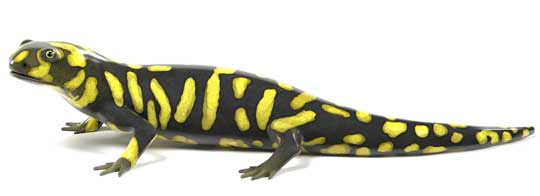
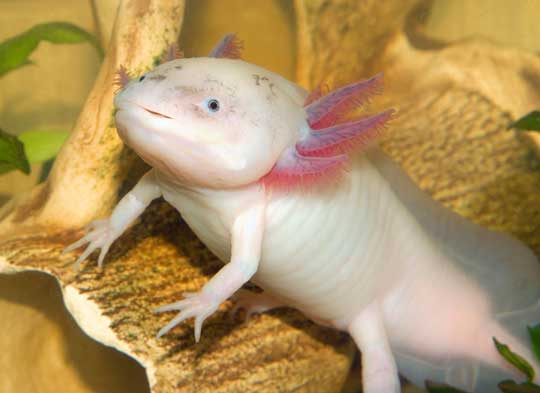
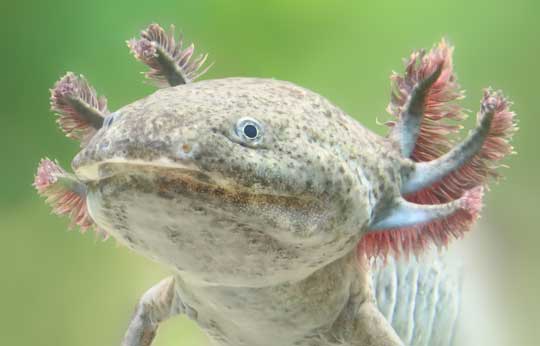
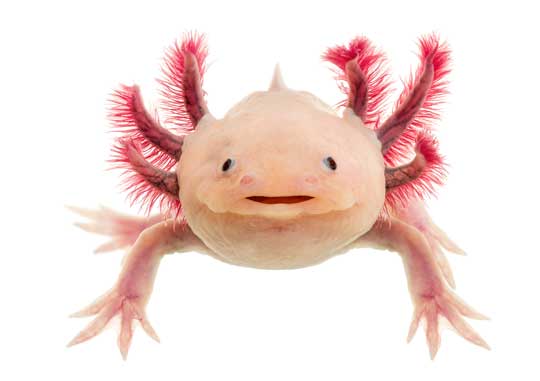

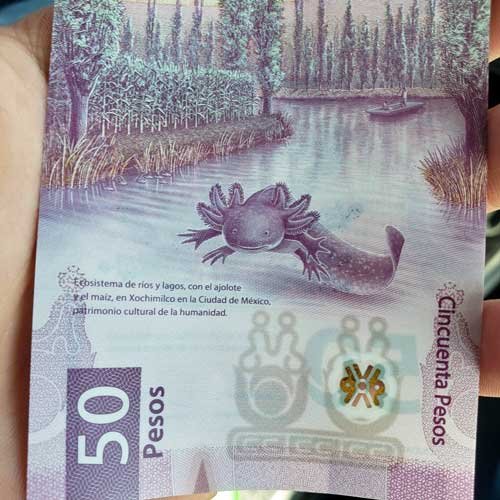
 RSS Feed
RSS Feed